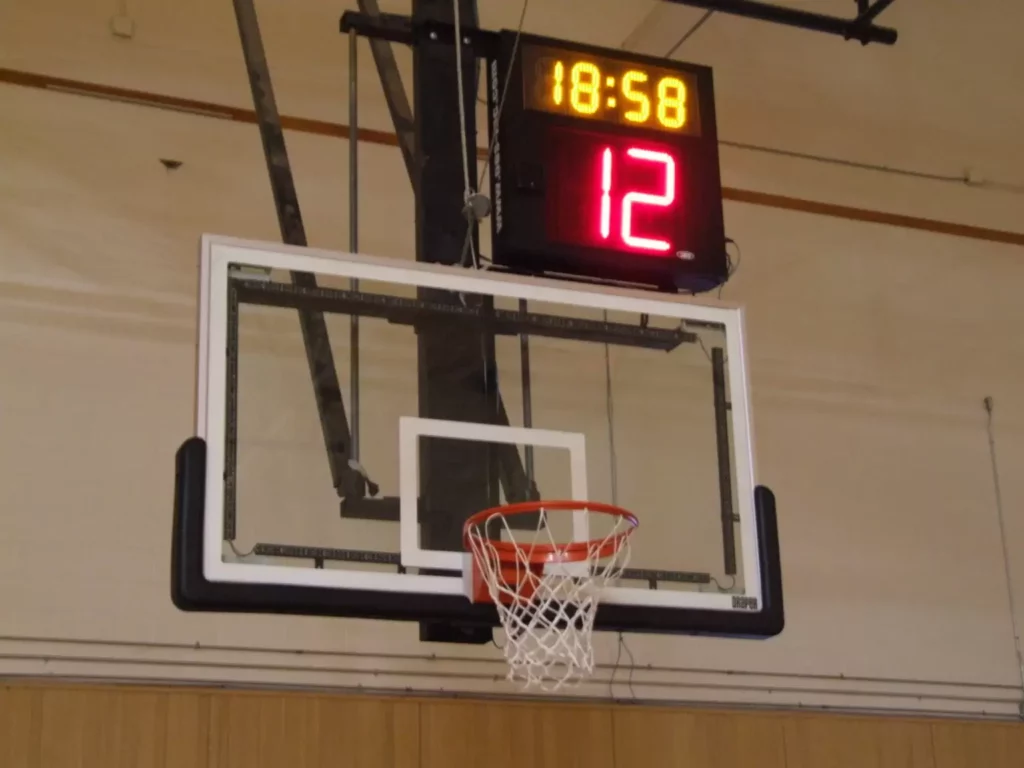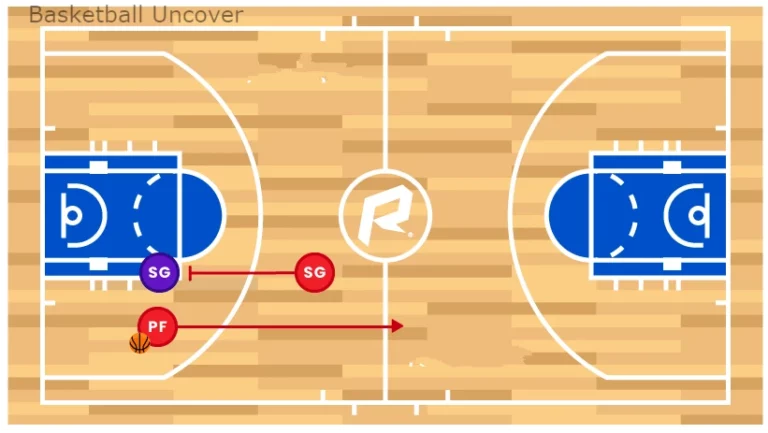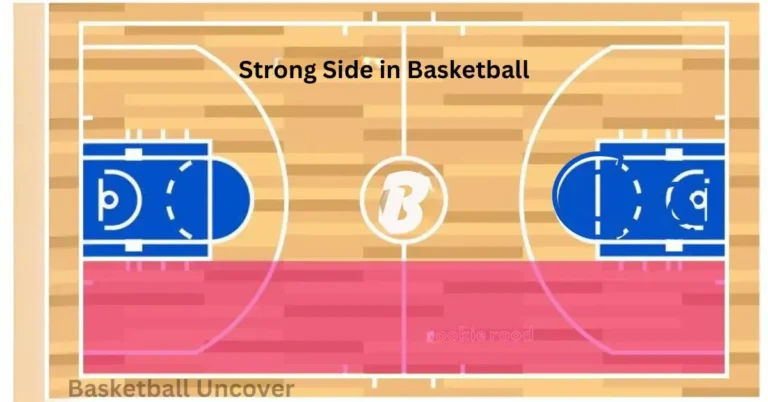What Does TOL Mean In Basketball? (Complete Guide)
Basketball, a game known for its fast pace and strategic maneuvers, involves a plethora of terminologies that can sometimes baffle even the most dedicated fans. One such term that frequently echoes through the courts is “TOL.” We’ll delve into the origins, definitions, strategic applications, and cultural significance of timeouts in basketball.
What is Time Out Left In Basketball
In basketball, “TOL” (Time Out Left) typically refers to the number of timeouts remaining for a team.
“TOL” is often displayed on scoreboards to indicate how many timeouts a team has left to use in the game.
It usually starts at the maximum allowed timeouts (for example, seven in the NBA) and decreases as a team takes them.
Seeing “TOL” displayed can inform fans and coaches about the availability of this strategic tool during the game.
Origins of TOL in Basketball
In the early days of basketball, when the sport was finding its footing, the concept of timeouts emerged as a pivotal element. Coaches and players realized the need for a designated pause in the game to regroup, strategize, and address any unforeseen challenges.
This practice gradually evolved into what we now commonly refer to as timeouts, or in basketball shorthand, “TOL.”
Defining TOL in Modern Basketball
Timeouts in modern basketball serve as a breather during intense moments of play.
A team typically calls for a timeout to halt the game temporarily, providing an opportunity for the coach to communicate instructions, make substitutions, or simply break the opposing team’s momentum. Understanding the technical aspects of a timeout is crucial for both players and fans alike.
Role of TOL in Strategy

Timeouts are not merely breaks in the action; they are strategic moves that can turn the tide of a game. Coaches strategically use timeouts to assess the situation, adjust their game plan, and motivate players. It’s a tactical tool that can disrupt the rhythm of the opposing team or provide a much-needed boost to a struggling squad.
Common Situations for TOL
Teams strategically call timeouts in various situations. Whether it’s to conserve time on the clock for a last-minute comeback or to regroup after a series of unfavorable plays, understanding when and why a timeout is called adds an extra layer of excitement and strategy to the game.
TOL and Team Communication
During a timeout, the coach becomes the conductor, orchestrating the next moves and ensuring that players are on the same page. Timeout breaks also allow players to communicate with each other, fostering a sense of teamwork and unity that can be instrumental in overcoming challenges.
Famous TOL Moments in Basketball History
The history of basketball is dotted with iconic moments that unfolded during timeouts. From legendary pep talks that inspired comebacks to strategic decisions that shifted the course of a game, timeouts have played a crucial role in shaping the narrative of basketball history.
TOL in Different Basketball Leagues
While the concept of timeouts is universal, different basketball leagues may have variations in rules regarding when and how timeouts can be called. Exploring these differences provides insight into the diverse approaches to managing game dynamics.
TOL Etiquette for Coaches
Coaches play a crucial role in maximizing the impact of timeouts. Knowing when to call a timeout, how to convey instructions effectively, and motivating players in a brief span are skills that set great coaches apart.
Player Perspectives on TOL
Ever wondered what goes on in a player’s mind during a timeout? Interviews with seasoned players shed light on their experiences, strategies, and the psychological aspects of regrouping during intense competition.
Fan Engagement During TOL
Timeouts aren’t just breaks for players; they are opportunities for fans to engage in rituals, cheer on their teams, and contribute to the electric atmosphere of the game. Exploring the cultural aspects of timeouts adds a layer of fan involvement to the basketball experience.
TOL and Sports Psychology
The psychological impact of timeouts on players is a fascinating aspect of the game. How do athletes manage the pressure during critical moments, and how do timeouts influence the mental state of players? Sports psychology provides intriguing insights.

Controversies Surrounding TOL
As with any strategic element in sports, timeouts are not without controversies. Examining notable instances of contentious timeout decisions and debates surrounding fairness adds a thought-provoking dimension to the conversation.
The Future of TOL in Basketball
In an ever-evolving sports landscape, the concept of timeouts may undergo changes or innovations. Exploring potential rule changes and emerging trends in timeout usage offers a glimpse into the future of this integral aspect of basketball strategy.
FAQs
Basketball teams call timeouts for strategic reasons, such as regrouping, adjusting game plans, or breaking the opposing team’s momentum.
In most basketball leagues, timeouts typically last around 60 to 90 seconds, providing a brief but impactful break in the game.
Yes, timeouts serve as a crucial moment for players to receive instructions from the coach and communicate with each other.
Yes, basketball leagues usually impose limitations on the number of timeouts a team can call during a game, preventing excessive disruptions.
Absolutely. Well-timed timeouts can shift momentum, inspire comebacks, or solidify a team’s lead, making them a decisive factor in the outcome of a game.
No, “TOL” itself is not a strategy in basketball. It simply conveys information about a team’s timeouts, which can be a factor in strategic decisions.
Conclusion
In conclusion, “TOL” in basketball is far more than just a set of letters, it’s a strategic tool, a psychological breather, and a key element that adds depth to the game. As you continue to enjoy the fast-paced action on the basketball court, take a moment to appreciate the significance of timeouts and the intricate role they play in shaping the narrative of each game.







